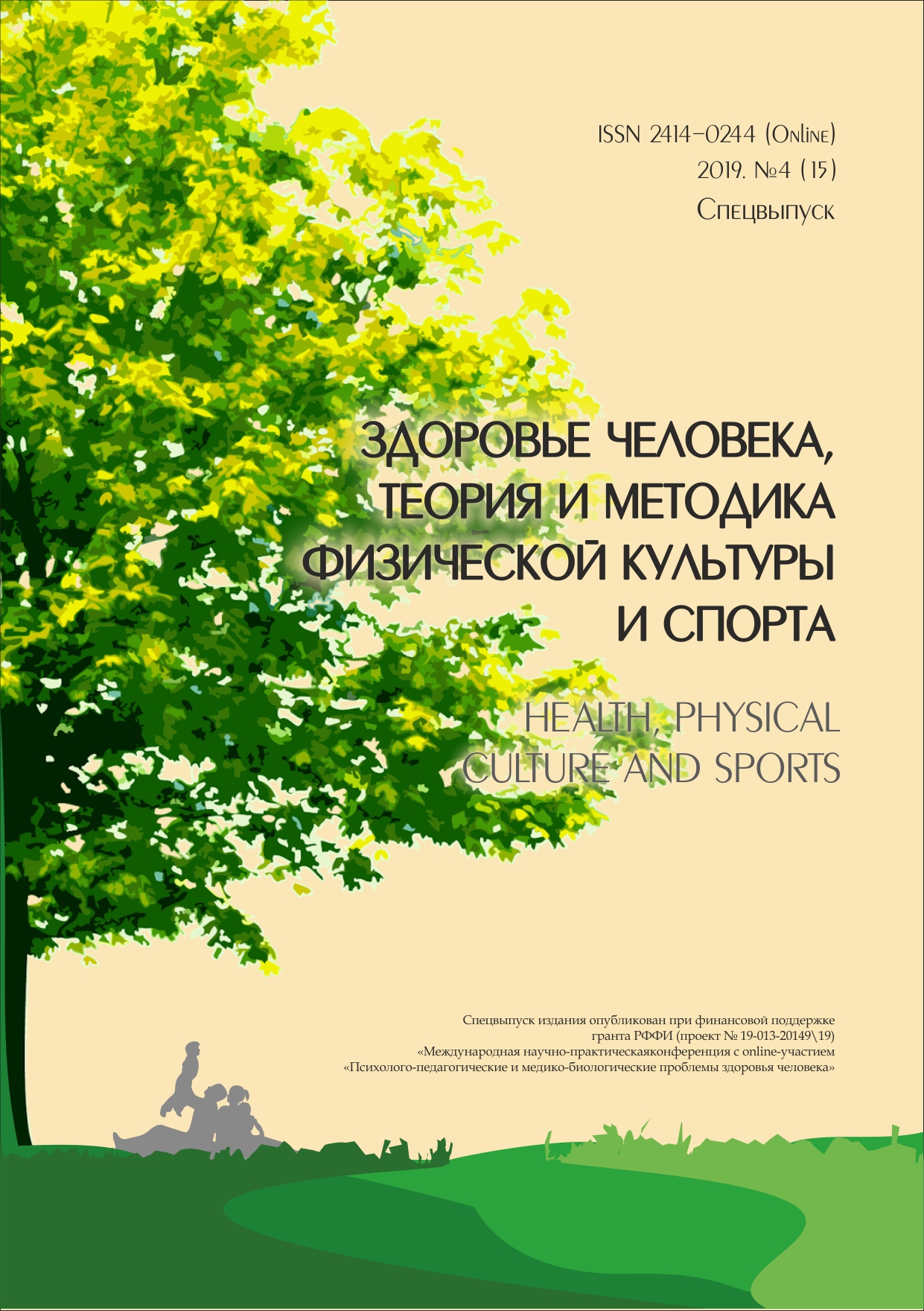DEVELOPMENT OF AN INNOVATIVE HIGH CONCENTRATED PRODUCT “PASTILA” FROM BLUE VARIETIES OF PLUMS (PRUNUS DOMESTICA) AND SEA-BUCKTHORN (HIPPOPHAE RHAMNOIDES)
Abstract
It was created two versions of “Pastila” according to the traditional recipe. Ze quality indicators of raw materials and products obtained were investigated.Ze džrst version of the pastille was obtained from the plum variety “Gabrovska”, selected, adžer careful study, among the traditionally cultivated plum varieties in the region of the city of Troyan. Fe second version of the pastille is obtained from the plum variety “Gabrovska”and the sea-buckthorn from the Siberian variety.Fe fruits were grown in the gardens of the Institute of Mountain Livestock and Farming, Troyan and provided to the Institute of Food Preservation and Quality, Plovdiv for further development.Fe variety “Gabrovska” is created in Bulgaria. It was obtained by crossing two varieties of “Kyustendilska”and “Monforska”plums in 1951 at the Experimental Plum Plant in Dryanovo.Fe fruits are suitable for fresh consumption, drying, freezing, stewed fruit, marmalade and jam.Sibirskaya variety belongs to the early ripening. Its berries are large, oval in shape and contain a large set of vitamins C, A, group B (B1, B2, B6), E, K, carotene (provitamin A), and carotenoids. Fey are rich of mineral composition — potassium, calcium, magnesium, iron, zinc, iodine, manganese, copper, chromium, selenium, nickel, titanium and boron, as well as eight types of amino acids.Variety “Gabrovska” has a high dry matter content, marked active acidity and antioxidant activity. Fe best results in terms of color and content of total polyphenols were distinguished by the Siberian sea buckthorn variety.Fe comparative analysis shown that the innovative product “Pastila from blue varieties of plums (prunes) and sea- buckthorn”, has higher values of antioxidant activity, total polyphenol content, and more pronounced qualitative and quantitative color characteristics. Fe product received a higher score from the sensory evaluation, compared with a single-fruit blue plum pastil.
Downloads
References
Малчев Пл. Моллов, 2008, Технология консервирования фруктовых и овощных концентратов и фруктово-сахарных продуктов, второе издание. «Контраст», Стара Загора. С. 243–244.
Cagindi O., Otles S. 2005. Comparison of some properties on the diʀerent types of pestil: traditional product in Turkey. International Journal of Food Science and Technology, 40: рр.897–901.
Garcia- Parra J., Gonzales-Cebrino F., Cava R., Ramirez R. 2014. Eʀect of a diʀerent high pressure thermal processing compared to a traditional thermal treatment on a red esh and peel plum puree. Innovative Food Science and Emerging Technologies, рр. 26–33.
Kallio H., Yang B., & Peippo P. 2002. Eʀects of diʀerent origins and harvesting time on vitamin C, tocopherols, and tocotrienols in sea buckthorn (Hippophaлrhamnoides) berries. Journal of Agricultural and Food Chemistry, 50 (21), рр. 6136–6142.
Li T. S. C., Schroeder W. R. 1996. Sea buckthorn (Hippophaė rhamnoides L.): A multipurpose plant. HortTechnology, 6, рр. 370–380.
Li T. S. C., & Wang L. C. H. 1998. Physiological components and health eʀects of ginseng, echinacea and sea buckthorn. In G. Mazza (Ed.), Functional foods, biochemical and processing aspects. Lancaster, PA: Technomic, рр. 329–356.
Mingyu Xu, Xiaoxuan Sun, & Jinhua Cui. 2001. The medicinal research on sea buckthorn. International workshop on sea buckthorn, 18–21 February 2001.
Rajchl A., Cizkova H., Sevcik R., Jodasova A., Voldrich O. 2013. Analytical data for plum paste as a tool for evaluation of plum paste authenticity. Journal of Food and Nutrition Research, 52, 1. рр.71–77.
Singleton V. L., Rossi J. A., 1965. Colorimetry of total phenolics with phosphomolybdic-phosphotungstic acid reagents. American Journal of Enology and Viticulture 16: рр.144–158.
Tomas S. C. Li. 2002. Product Development of Sea Buckthorn. Reprinted from: Trends in new crops and new uses. J. Janick: рр. 393–398.
Yang B. 2009. Sugars, acids, ethyl β-D-glucopyranose and a methyl inositol in sea buckthorn (Hippophaл rhamnoides) berries. Food Chemistry, 112, 89–97.
Williams B. W., Cuvelier M., Berst C. 1995. Use of a free radical method to evaluate antioxidant activity. Lebensmittel Wissenscha and Technologie, 28: рр. 25–30.
Zohary D., Hopf M. and Weiss E. 2012. Domestication of plants in the old world. e origin and spread of cultivated plants in West Asia, Europe and the Nile valley. Oxford University Press, Oxford.
An author should not normally publish manuscripts describing essentially the same research in multiple journals or publication venues. Such redundant publication is generally considered to constitute unethical publishing behavior, and if discovered may result in a manuscript under consideration being rejected, or a published article being retracted.
Authors of manuscripts reporting on original research should present an accurate account of the work performed, accompanied by an objective discussion of its significance. Underlying data should be represented accurately in the manuscript. The manuscript should contain sufficient detail and references to permit others to replicate the work. The fabrication of results and the making of fraudulent or knowingly inaccurate statements constitute unethical behavior and may be cause for rejection or retraction of a manuscript or published article.





